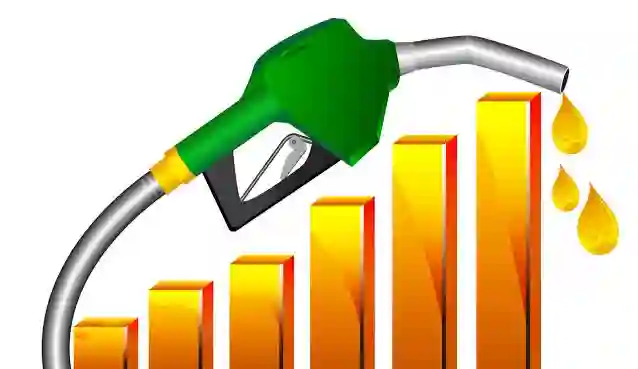
Diesel prices are soaring in Europe and the US, spurring a fresh bout of inflationary pressure ahead of a winter that is expected to see major supply disruption, writes Businesstech.
It has been the biggest price spike in several months, foreshadowing a winter in which Europe, in particular, is expected to face supply turmoil as it tries to wean itself off Russian-made fuels. Industrial consumers substituting oil for natural gas – the price of which has soared since the war in Ukraine began – is also bullish for demand.
“The global diesel market is very strong at the moment,” said Mark Williams, research director for short-term oils at WoodMackenzie. “Higher diesel prices have the potential to create even stronger inflationary pressures, especially if the current price spike is sustained, adding significant downside risk to demand and increasing the chances of a global recession.”
In the US, inventories are perilously low ahead of the winter season. It’s the same story for independent stockpiles held in Amsterdam-Rotterdam-Antwerp, northwest Europe’s oil trading hub. Consumption of heating oil – a diesel-type fuel – typically rises in winter, reported Bloomberg.
Supply is also being hit by refineries undergoing seasonal maintenance, while some European nations are also starting to claw back the stockpiles they released to curb prices earlier in the year, it said.
The prospect of major refineries in Africa and the Middle East starting up production could help, while sustained high prices will only boost the likely hit to global economic growth, thereby depressing demand for diesel.
For now, though, the possibility of more volatility remains. Prices jumped above the equivalent of $220 a barrel shortly after Russia’s invasion of Ukraine earlier this year, Bloomberg said.
Read also: Warning over diesel prices in South Africa
Torbjorn Tornqvist, the chief executive officer of trader Gunvor Group, said at a conference last week that the European diesel market is moving toward the levels of tightness seen around the time of that surge.
Diesel is “still the tightest part of the market,” said Paul Horsnell, head of commodities research at Standard Chartered. “The main deficit in inventories is concentrated there, and the main concerns about the loss of Russian material are also in the distillate space.”
In South Africa, diesel prices have not benefitted from oil’s recent declines in the same way that petrol prices have. Brent crude oil dropped from $105 per barrel to $94 per barrel in September. This saw petrol prices slashed by more than a rand for October, but not for diesel.
Data from the Central Energy Fund points to further fuel price pain for diesel vehicle owners in November.
The data, which serves as a snapshot of market conditions as of 11 October 2022, shows that diesel is showing an under-recovery of R1.40 – R1.42 per litre.
The basic fuel price is related to the costs of purchasing petroleum products from international markets and the costs related to shipping these products to South Africa. This cost is largely influenced by the international price of crude oil and the R/$ exchange rate.
The rand, meanwhile, is also on the back foot against the dollar, having weakened quite significantly over the past few weeks.
“It is fair to say that with all the issues reverberating around the market, the rand and other emerging market currencies are looking to be on shaky ground,” noted financial consultancy TreasuryOne.
“We can expect that – should the US inflation surprise to the top side – a run toward R18.50 is on the cards, but in the event of a better-than-expected number, a relief rally could be in the offing. The rand is currently at the mercy of international factors so expect it to move in line with other EM peers.”
The rand traded at around R18.25 versus the dollar in the afternoon session on Wednesday (12 October) – the weakest point against the greenback this year, and only around a rand stronger than the historic weak point in April 2020, as the US dollar continues to climb to its high of the early 2000s, according to Annabel Bishop, the chief economist at Investec Bank.
Brent Crude, meanwhile, is trading at around $94.30 per barrel in October, up from $89.75 dollars per barrel in September. It is up nearly 13% since January.
Diesel is up for essentially the same reasons that sent oil prices up this year – demand – caused by political wrangling following the invasion of Ukraine by Russia, which put a squeeze on diesel.
The global demand for diesel has an impact locally on agriculture and transport and logistics industries, which are likely to be passed on to the consumer in some way, at some point.






